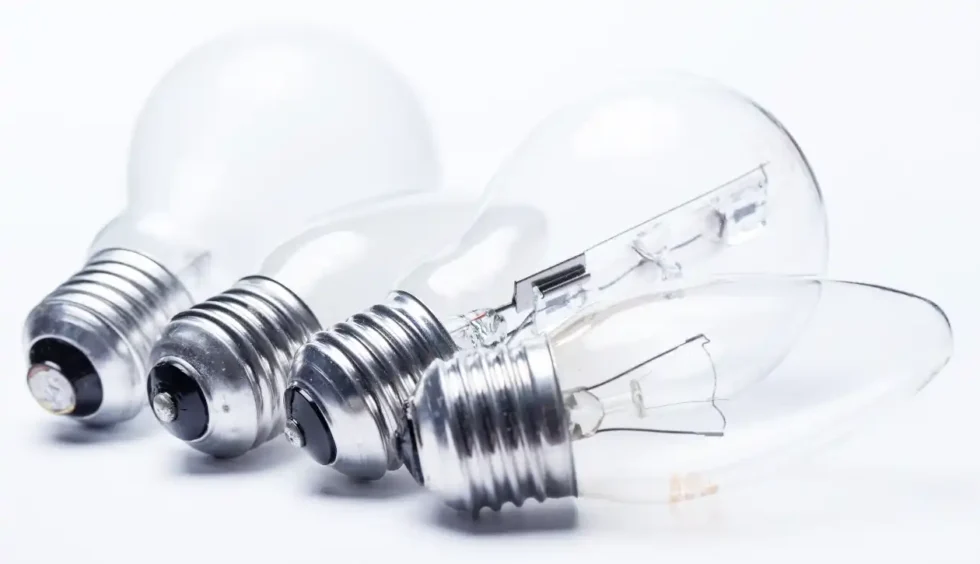Energy Efficiency
One of the most significant benefits of LED lighting over traditional incandescent or fluorescent bulbs is energy efficiency. LED (Light Emitting Diode) lights use a fraction of the energy required by traditional bulbs. An average LED bulb consumes about 80-90% less energy compared to incandescent bulbs and 30-50% less than fluorescent lights. This reduction in energy consumption translates directly into lower electricity bills, making LED lighting a cost-effective choice for both residential and commercial use.
Longevity
LED lights have a much longer lifespan than traditional bulbs. While an incandescent bulb may last for about 1,000 hours and a fluorescent bulb for around 10,000 hours, LED bulbs can last up to 50,000 hours or more. This extended lifespan means fewer replacements and reduced maintenance costs over time. In environments where lighting is crucial and difficult to replace frequently, such as street lighting or industrial settings, the longevity of LEDs offers a substantial advantage.
Environmental Impact
Switching to LED lighting is also beneficial for the environment. Since LEDs consume less energy, they contribute to lower greenhouse gas emissions from power plants. Additionally, LEDs do not contain harmful substances like mercury, which is found in fluorescent bulbs and can be hazardous to both health and the environment if not disposed of properly. The long lifespan of LEDs also means fewer bulbs end up in landfills, further reducing their environmental impact.
Quality of Light
LED lighting provides superior light quality compared to traditional bulbs. LEDs offer better color rendering, which means they can show colors more accurately and vividly. This quality makes them ideal for settings where precise lighting is essential, such as art galleries, retail stores, and medical facilities. Furthermore, LED lights are available in a variety of color temperatures, ranging from warm white to cool daylight, allowing for greater customization to suit different needs and preferences.
Durability and Safety
LED lights are more durable and safer than traditional bulbs. They are made from solid materials and do not have a filament that can break, making them resistant to shock and vibrations. This durability makes LEDs suitable for use in a wide range of environments, including outdoor settings and areas prone to frequent movement or jostling. Moreover, LEDs operate at a much lower temperature than incandescent bulbs, reducing the risk of burns or fire hazards.
Versatility
The versatility of LED lighting is another notable advantage. LEDs are available in a wide range of shapes, sizes, and styles, making them suitable for various applications, from home lighting to commercial and industrial uses. They can be used in everything from decorative lighting and task lighting to automotive lighting and streetlights. Additionally, LEDs can be easily integrated into smart lighting systems, allowing for greater control and automation.
Cost Savings
Although the initial cost of LED bulbs can be higher than traditional bulbs, the long-term savings are substantial. The energy efficiency, longevity, and reduced maintenance needs of LEDs lead to significant cost savings over time. Many utility companies also offer rebates and incentives for switching to LED lighting, further offsetting the initial investment. Over the lifespan of the bulbs, the total cost of ownership for LEDs is typically much lower than that of traditional lighting solutions.



